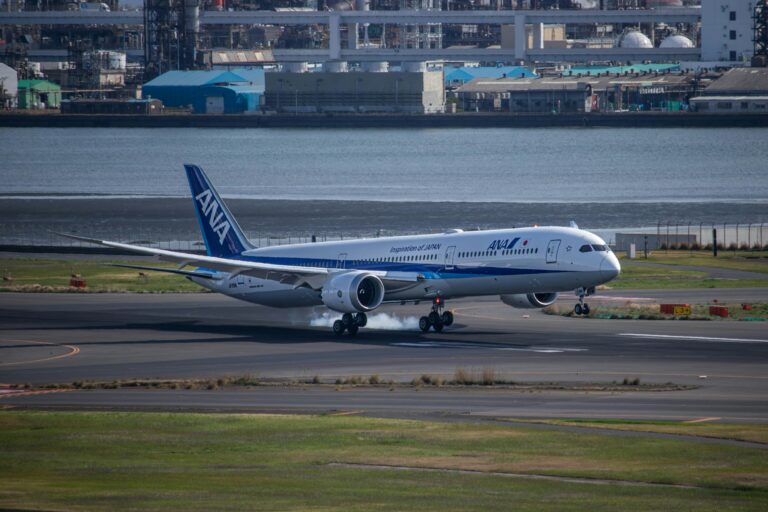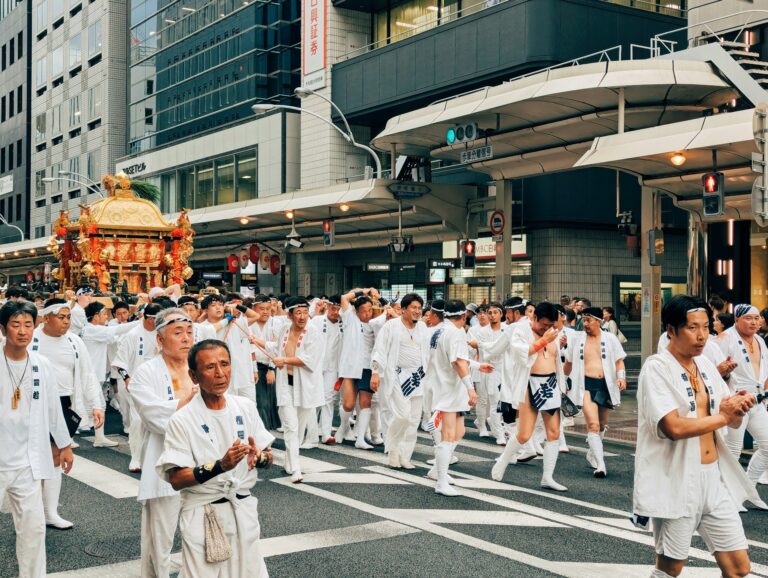Dynamic Pricing in the Japanese Travel Industry

The travel industry in Japan is very different from many countries. I’m sure many people don’t know this about me but I have travelled almost all of Japan. I have been to 38 of 47 prefectures in Japan and have been traveling to the country for many years. So you can say I am intimately familiar with travel industry practices including its use of dynamic pricing. Now many of you may not know the term dynamic pricing, but I’m sure many have felt its wrath when trying to grab some flight tickets to Taiwan for Golden Week. That’s why today we will be diving into Japan’s travel patterns, defining dynamic pricing, dynamic pricing strategies used in Japan, and some challenges of dynamic pricing.
Travel Peaks and Patterns

While we have seen international tourism grow significantly in recent years, domestic tourism is currently a significant portion of the Japanese economy. With an average of 600 million domestic trips between 2014 and 2019. Interestingly as we will see there are travel patterns that are largely influenced by culture, seasons, holidays, and various events in Japan.
Firstly, in Japan, it is very normal for schools to have days-long field trips to different cities and prefectures. Middle schools, often go to cities like Kyoto or Toyko, to visit important cultural sites or participate in cultural activities like Zen meditation. A school I worked for had their school trip to Shizuoka, while a teacher I worked with said hers was to Yamaguchi. High school also has this as well, often going to prefectures like Hokkaido or Okinawa.
Another thing of course is the various holidays and even seasonal changes we see in Japan. For example, we may see people traveling often during cherry blossom season or the leaves changing as people look to go to popular sites to view them. Another is skiing in the winter as Japan is host to some of the best skiing spots in the world. Other ones are holidays like Golden Week or the New Year’s break and Obon, where many travel back home to visit family.
The last one may be overlooked and that is events. There are major events that we all hear about like the Tokyo Olympics and the Tokyo Marathon. But there are many local events that also happen yearly all over the country. Some of the bigger ones are the Sapporo Snow Festival or the Gion Matsuri. However many local festivals with long cultural histories happen in almost every city all over Japan. There are also many fireworks shows that also happen all over the country, especially during summer.
Dynamic Pricing

Now understanding these travel patterns is fundamental to understanding the travel industry pricing. That is because the prices will fluctuate depending on what time of the year it is known as dynamic pricing. That is companies increase or decrease prices depending on these four factors:
- Demand: How many people want it?
- Availability: How much of it do we have?
- Competitor Pricing: How much do our competitors charge?
- Timing: Is this one of the travel patterns or peak seasons?
Now you can see how this could be extremely effective. One of the major issues with the travel industry is that it fluctuates and changes a lot for various reasons like inflation, pandemics, or peak travel time. This means you have to be quick to adapt and adjust to these changes if you want to remain profitable as there are many players and not many differences in selection. Dynamic pricing allows companies to increase and decrease prices to maximize profit during these various changes allowing them to stay competitive and maintain profitability.
Now let’s take a dive into some ways this manifests in business strategies and provide some examples.
Common Strategies

1. Demand-Based Pricing
This one is probably the most obvious as we are all too familiar with it when we try to book our flight somewhere during the holidays. That is prices increase when there is an increased demand and a decrease when demand increases. This can be seen during peak travel seasons. Take Golden Week, what we see is airline companies like ANA or JAL, increase their prices as everyone has this time off and people look to travel. In the case of hotels we can see prices increase during festivals or events, such as Kyoto during the Gion Festival which many people flock to participate in.
2. Revenue Management Tools
These are tools that are used to manage various aspects of your business such as marketing, accounting, finance, etc. They can be used to track performance, pricing, and of course revenue. They can also be automated to increase pricing when necessary. However, with the advent of AI, these programs have developed the ability to forecast demand and optimize pricing without the need for much input. This has dramatically affected the efficiency of dynamic pricing with hotel companies like Marriot seeing increased success in Japan.
3. Loyalty Programs and Point Systems
Dynamic pricing is also integrated with loyalty programs and point systems. A good example is Booking.com with their Genius loyalty program, where the more you buy from them, you unlock higher tiers of discounts and goodies. Booking.com also integrates a system where if you buy with them you earn points which can be used to make future purchases. Its particularly effective as people get personalized discounts and makes the consumer feel as if they are getting a good deal.
4. Bundling
Bundling services also are subjected to these changes in pricing depending on demand changes. A great example is rail passes which are usually available all year round but can change during peak seasons. ANA also offers tours and holiday bundles that are subjected to price variation.
5. Local Adjustments
While major events are obvious candidates for price changes, the many local events that happen in smaller towns and cities can also see their prices increased. Airlines can also increase their prices for these types of local events. For example, hotels and Ryokans around Kawaguchiko, during the fall season increase in price drastically. The reason is that one of Japan’s most famous fall leaf viewing spots, Momiji Corridor, is located there.
Challenges

Many types of challenges also come with this type of pricing scheme. As a consumer, it can feel unfair or vague as to why the prices increase. It seems like prices increase from one day to the next for no apparent reason which can be disheartening especially for Japanese people who value transparency, affordability, and stability.
Another maybe less talked about reason is the difficulty of taking time off in Japan. They of course have the right to and are given paid time off. The problem is that they often can’t take more than a couple of days off at a time. This is often caused by social pressures from colleagues and bosses, where the individual feels that by taking time off they are causing others trouble and increasing their workload. This is changing in many workplaces. But it leaves those people with only one place to travel, and that is during the peak holiday season. It then feels like you are punished because you have no choice but to pay the increased prices if you want to travel.
Other challenges are posed by low-cost airlines or LCCs. These airlines base their pricing on being consistently low. Affordability and value being a priority for the Japanese these could seem more attractive and upset the potential value of dynamic pricing by tipping the balance over. Capsule hotels also offer consistently cheap offerings, often coming with as many amenities as some hotels. Hostels have historically also been cheap alternatives to hotels while providing great value.
Key Takeaways
- Learn Travel Patterns: It’s important to learn seasonal and holiday travel patterns to best utilize dynamic pricing. The travel patterns are consistent barring any extreme changes like a pandemic or disasters.
- Utilize Technology: With new AI technology, it is now possible to predict and forecast demand. Try to incorporate these new technologies to optimize dynamic pricing.
- Be Transparent: Ensure effective communication with consumers about pricing strategies. This will prevent alienating potential customers.
- Go Local: Collaborate with local travel companies to align pricing and meet local customer’s needs and expectations.
- Culture: Look to incorporate unique cultural experiences like ryokans into your travel packages to better meet Japanese needs.
If you like this type of content, follow me on social media to get the latest updates.